Last updated on Oct 14, 2025
What is a Character Arc? 3 Common Types and Examples from Fiction
Dario Villirilli
Editor-in-Chief of the Reedsy blog, Dario is a graduate of Mälardalen University. As a freelance writer, he has written for many esteemed outlets aimed at writers. A traveler at heart, he can be found roaming the world and working from his laptop.
View profile →A character arc in storytelling is the inner journey that a character takes to transform or evolve throughout a story. This transformation will usually change their personality, belief system, or thinking, and it's marked by how they respond to the obstacles and challenges they face as well as the choices they make. The changes experienced by the character may not always be monumental, but they should play a central role in how their story unfolds.
In this post, we'll look at the three main types of character arc, providing some examples from literature and film.

FREE COURSE
How to Develop Characters
In 10 days, learn to develop complex characters readers will love.
Elements of a character arc
Before we dive deep, here are the three core elements of every arc that you should keep in mind.
- The Goal: Their motivation, or what they want. Whether it’s to reclaim a treasure, solve a murder case, or make as much money as possible, The Goal gives them direction and sets the story (and their arc) in motion.
- The Lie: A misconception they have about themselves or the world that keeps them from reaching their Goal. This could be a limiting belief, a trauma, a weakness 一 something that prevents them from being a better version of themselves.
- The Truth: The wisdom the character needs. A more truthful interpretation of their own nature or the world. If the character can see, accept, or access The Truth, then they can usually reach their Goal.
The reason a character believes The Lie is because they are... flawed. And as author and ghostwriter Tom Bromley points out in his course on how to write a novel, readers only care about flawed characters.
“They identify with that and respond to it. If a character is perfect, there's no room for them to develop and change. You need those flaws within them to have something to work with, for them to grow and potentially overcome.”
Let’s now explore how each of these elements play their part in the three different main arcs.

GET ACCOUNTABILITY
Meet writing coaches on Reedsy
Industry insiders can help you hone your craft, finish your draft, and get published.
Three common character arcs
1. The Positive Arc
In a positive character arc, the protagonist sets out (or is called) on a journey to reach a Goal. But because of their naivete, inexperience, or other shortcomings, they carry a false belief about themselves or the world, and as a result they repeatedly fail in the pursuit of that goal. Once they are able to learn from their mistakes, they can let go of The Lie and embrace The Truth and, in doing so, reach their Goal (or a new version of it). Their arc is one of mastering some aspects of their inner world or their environment, and emerging as a better person.
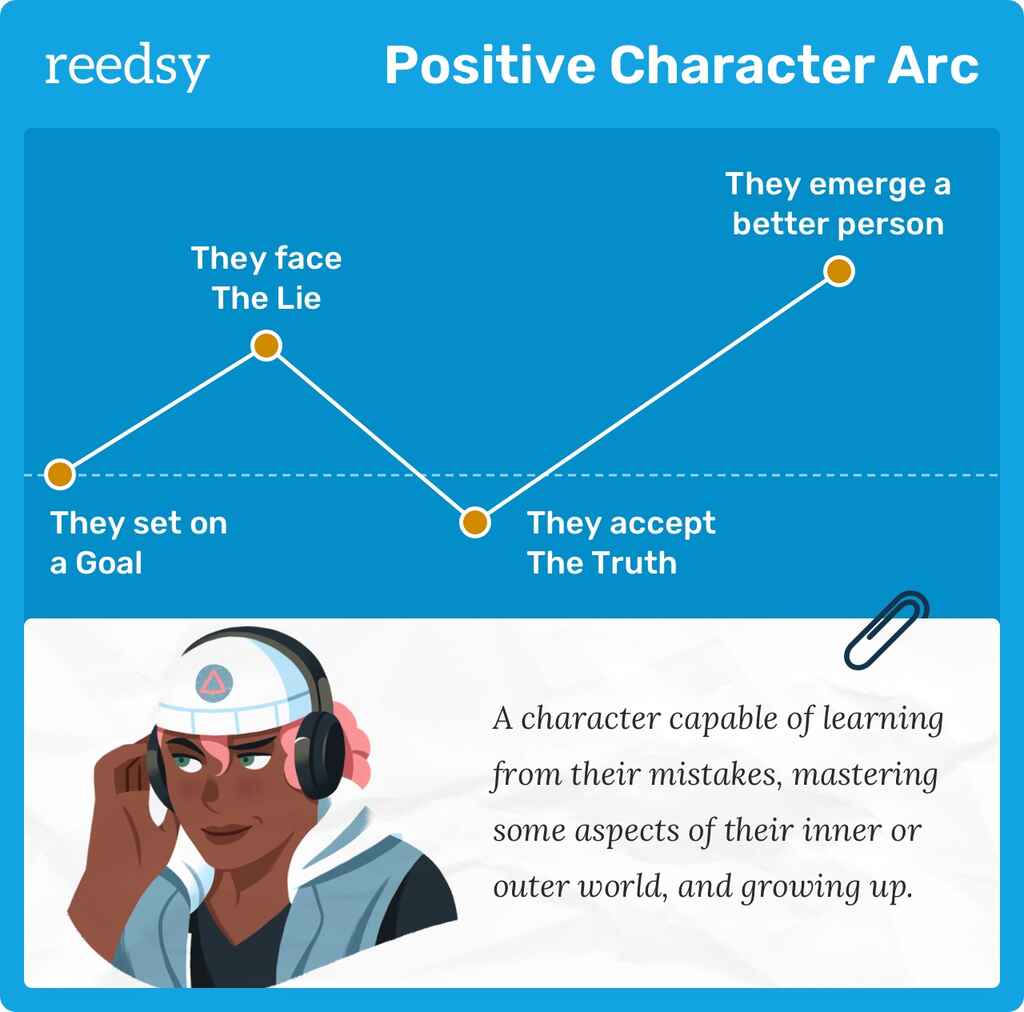
Example: The Hobbit
The positive arc is often a Hero’s Journey, in which challenges reveal a person's true strengths and foster their growth. At the start of J.R.R. Tolkien's The Hobbit, Bilbo Baggins wants nothing more than a simple life in the Shire. His world is turned upside down when he joins a quest to help dwarves reclaim their treasure from the dragon Smaug. Used to the comforts of the Shire, he’s terrified by the outside world and regrets his decision to come along instead of leaving the task to braver men, better skilled in swordfighting.
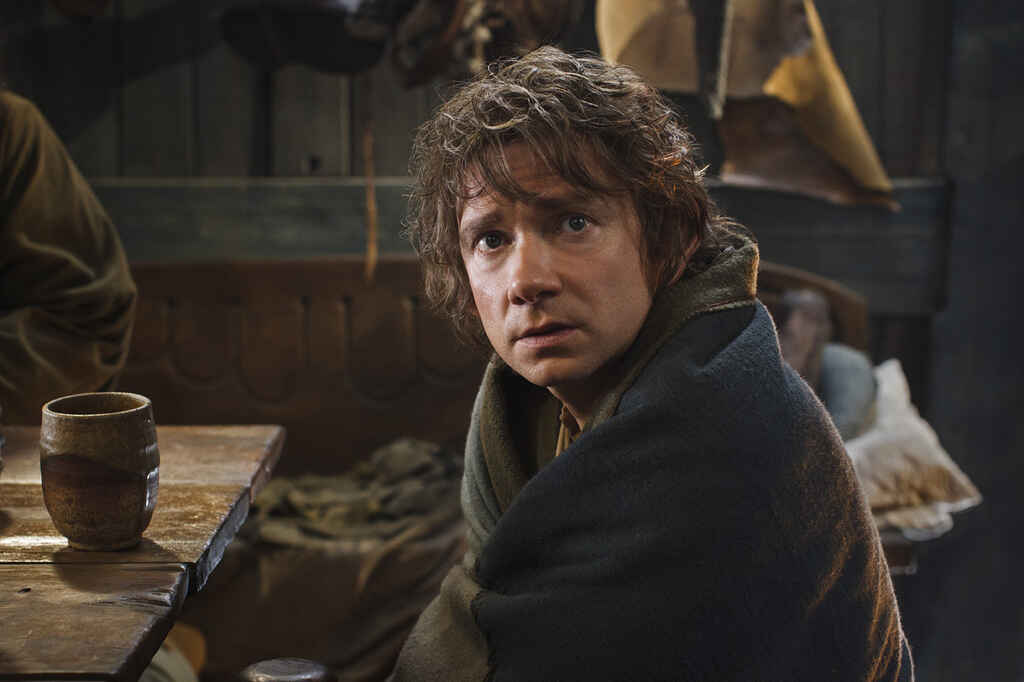
But along the journey Bilbo does learn how to win sword fights and gets the gang out of sticky situations — proving there’s more to him than just a nice pot of tea and a pipe. His growth isn't just about acquiring new skills; it's about the realization of his inherent heroic qualities. By the story's climactic turning point, where he confronts the corrupting power of the treasure, Bilbo's true character shines through. He returns to the Shire transformed, embodying the heroic qualities he possessed all along.
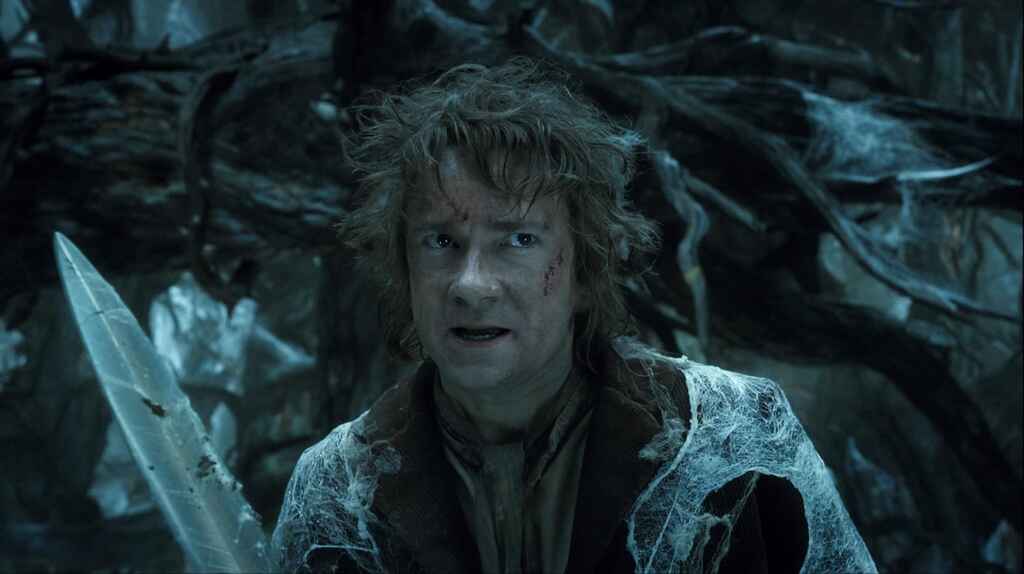
Sometimes the character doesn’t just learn something new but undergoes a profound and radical transformation. Let’s take a look at another example of this.
Example: A Christmas Carol
In A Christmas Carol by Charles Dickens, Ebenezer Scrooge lives an isolated life as a surly, old miser. He believes a person’s value is measured by their wealth. That is until Marley 一 his deceased business partner 一 appears as a ghost trapped by his own greed and warns Scrooge he may follow the same fate, forcing him to confront his painful past: his boyhood when his beliefs around money started to take shape.
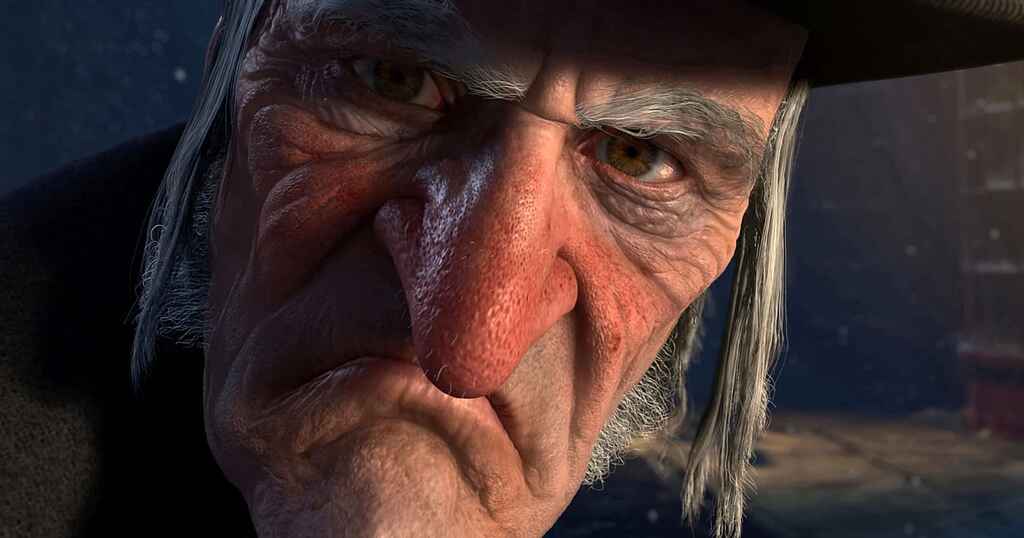
As A Christmas Carol is very much an allegory, the rest of his transformation takes place in fairly straightforward fashion: each new vision presented by the ghost chips away at his beliefs until the height of his transformation — the vision of his own lonely tombstone. This realization strikes a deep chord in Scrooge, leading him to understand that a life devoted solely to wealth is ultimately empty and joyless.
Scrooge emerges as a kinder, more compassionate individual, who feels connected to and gives back to his community.
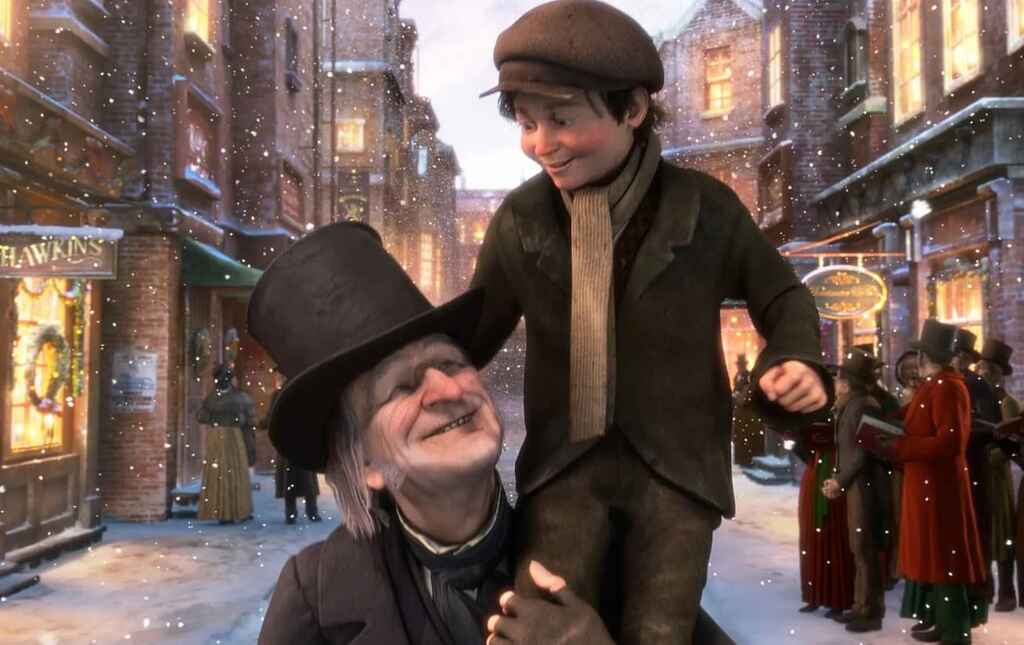
This type of interior change helps us see that we, too, can perhaps overcome our most self-destructive beliefs and become better versions of ourselves.
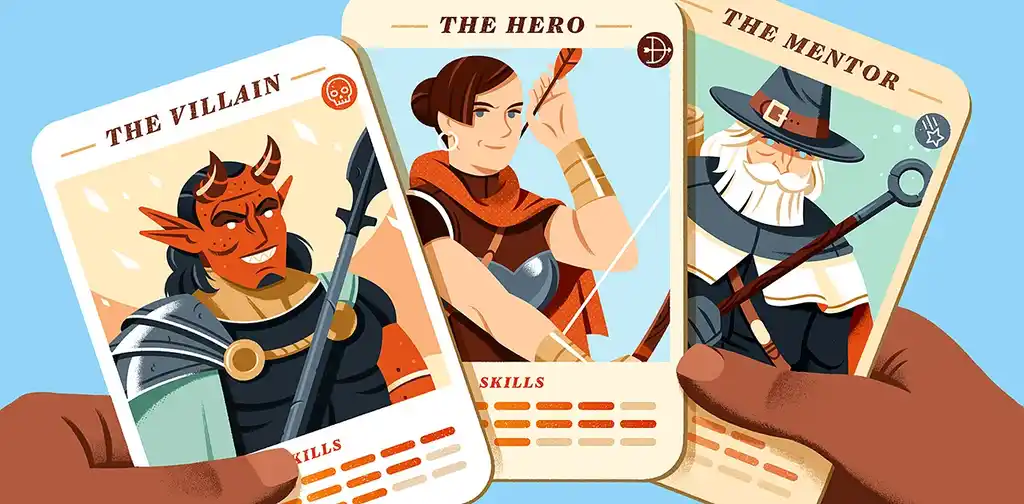
FREE RESOURCE
Reedsy’s Character Development Template
A story is only as strong as its characters. Fill this out to develop yours.
Before we explore the opposite version of this arc, in which a character changes for the worse, let’s address another important (though less common) character arc: the flat one.
2. The Flat Arc
In a flat arc, the protagonist is a “flat character” who doesn't undergo significant personal change. Instead of learning something about themselves over the course of the narrative, their mission is to enlighten others. In fact, the character is already connected to The Truth 一 or trusts themselves enough to know how to get to it 一 while others cannot see it or are misled.
But just because the protagonist “has it figured out” doesn’t mean that everything will come easy to them. In fact, the challenge of a hero in a flat arc lies in maintaining their conviction and fulfilling their higher calling in the face of doubt and opposition. And when they do achieve their goal, doubters turn to believers, and The Truth prevails.
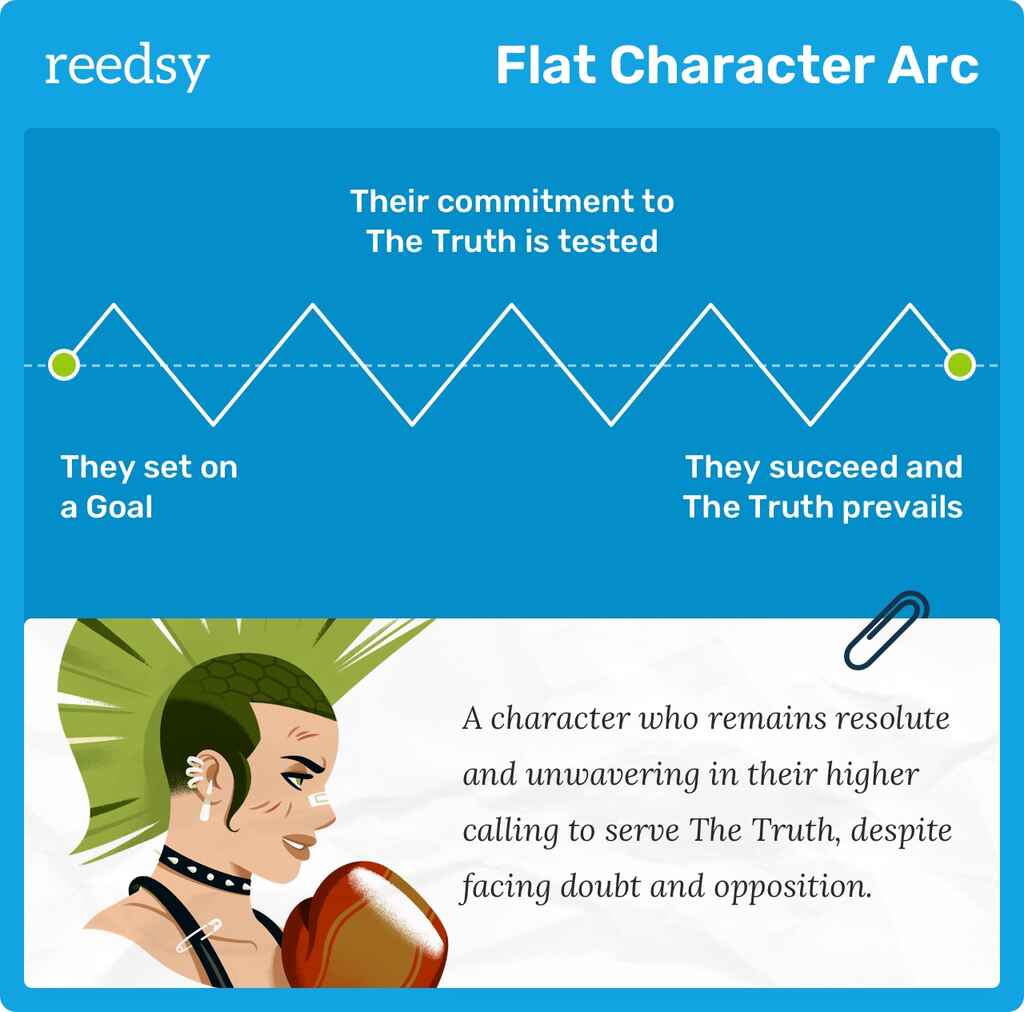
Example: To Kill a Mockingbird
In Harper Lee’s perennial classic, lawyer Atticus Finch is appointed to defend Tom Robinson, a black man falsely accused of rape in the Jim Crow-era Deep South. Atticus's Goal is not just to defend Tom, but to uphold justice in the face of overwhelming community pressure.
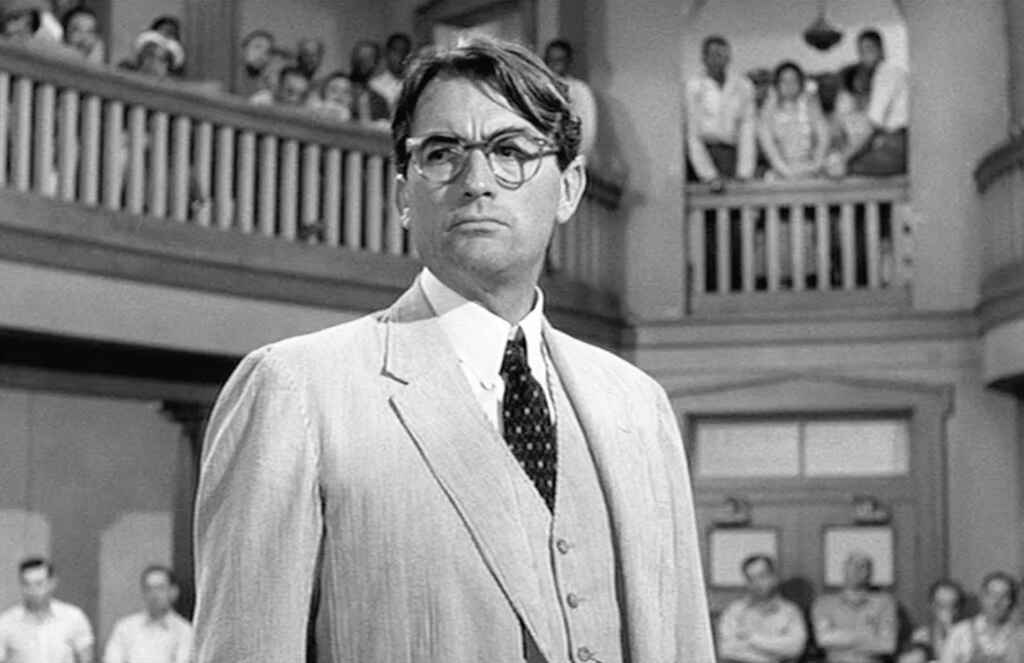
Atticus’s devotion to justice puts him and his children in jeopardy. He continues to handle the case with dignity even in the face of scorn and physical threats. Though he loses the case, he manages to convince the community of Tom's innocence and his integrity and actions have a profound impact on those around him, especially his children.
Indeed, in many stories featuring flat character arcs, the character isn't the main protagonist but serves as catalysts for change in others. In this case, it's actually his daughter, Scout, who undergoes significant change. She learns that her father is not an odd and weak figure, but a strong and competent man. More importantly, she begins to see beyond the ingrained racism of her community, learning crucial lessons about justice, fairness, and empathy.
Sometimes, however, the flat character is also the story lead...
Example: Murder on the Orient Express
Flat character arcs are common for ‘archetypal detectives’ like Hercule Poirot, Sherlock Holmes, and Robert Langdon, whose core personality remains mostly unchanged in each story installment.
For example, in Agatha Christie’s classic Murder on the Orient Express, detective Hercules Poirot is on a train on his way back to London when he takes on a murder case in the absence of any police on board. That’s his Goal. The case presents numerous challenges for Poirot, from misleading evidence to deceitful passengers, each with their own secrets and motives (that’s The Lie he needs to resist.)
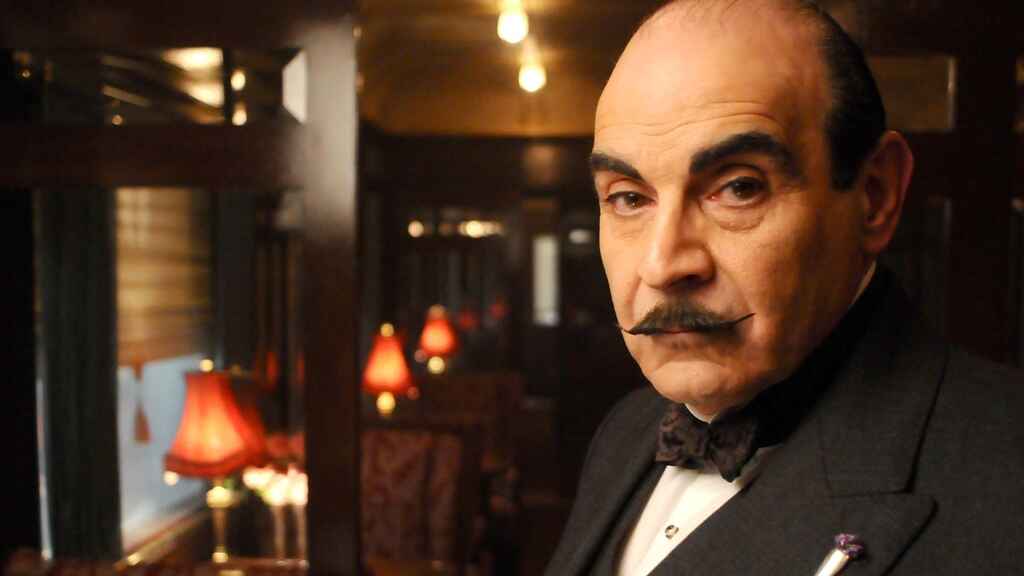
As the investigation unfolds, his confusion and frustration are palpable, but he eventually manages to piece everything together. He exposes the culprits and The Truth wins. It’s a classic example of a flat arc in which the protagonist remains steadfast in their core traits, yet their actions resolve the narrative's central conflict. His iconic, consistent, and reassuring persona is what allowed Christie to portray him in more than 33 novels and 55 short stories.
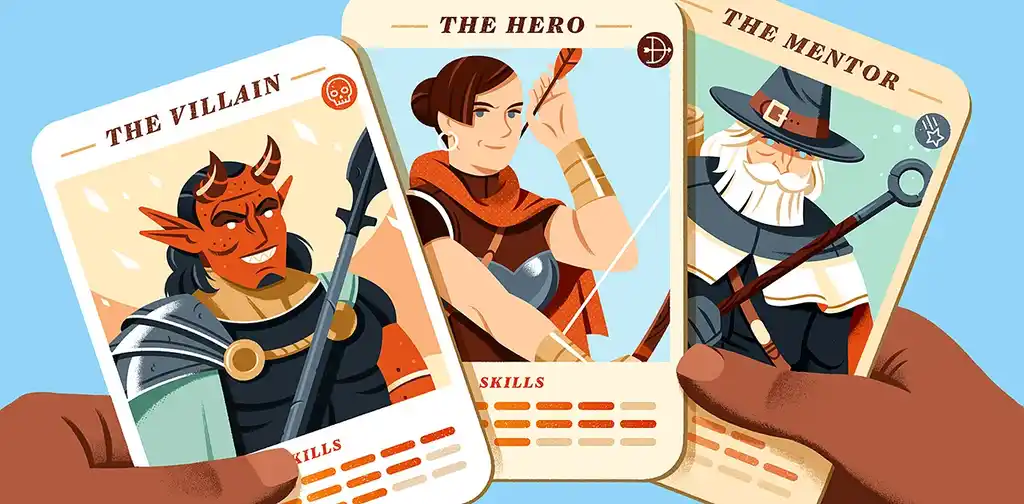
FREE RESOURCE
Reedsy’s Character Profile Template
A story is only as strong as its characters. Fill this out to develop yours.
But while some protagonists change for the better and others remain strong in their truth, others take a negative downturn.
3. The Negative Arc
In a negative character arc, much like a positive one, the protagonist sets on a quest to reach a Goal. However their quest is less aspirational and more delusional 一 The Truth might be right in front of their face, but they cannot appreciate it enough. At first, they may even get close to their Goal, gaining attention, wealth, or power, for example. But because they’re flawed and/or have false assumptions 一 and their actions defy the karmic laws of The Truth 一 their situation starts to deteriorate.
At different points in their journey, the protagonist is presented with valuable opportunities to learn something important about themselves or the world, but unlike in a positive arc, they don’t. They hold onto their obsessions and refuse to acknowledge the consequences of their actions. And so they keep spiraling down. Their journey is one of degradation, loss, and often tragedy 一 not just for them but also for those around them.
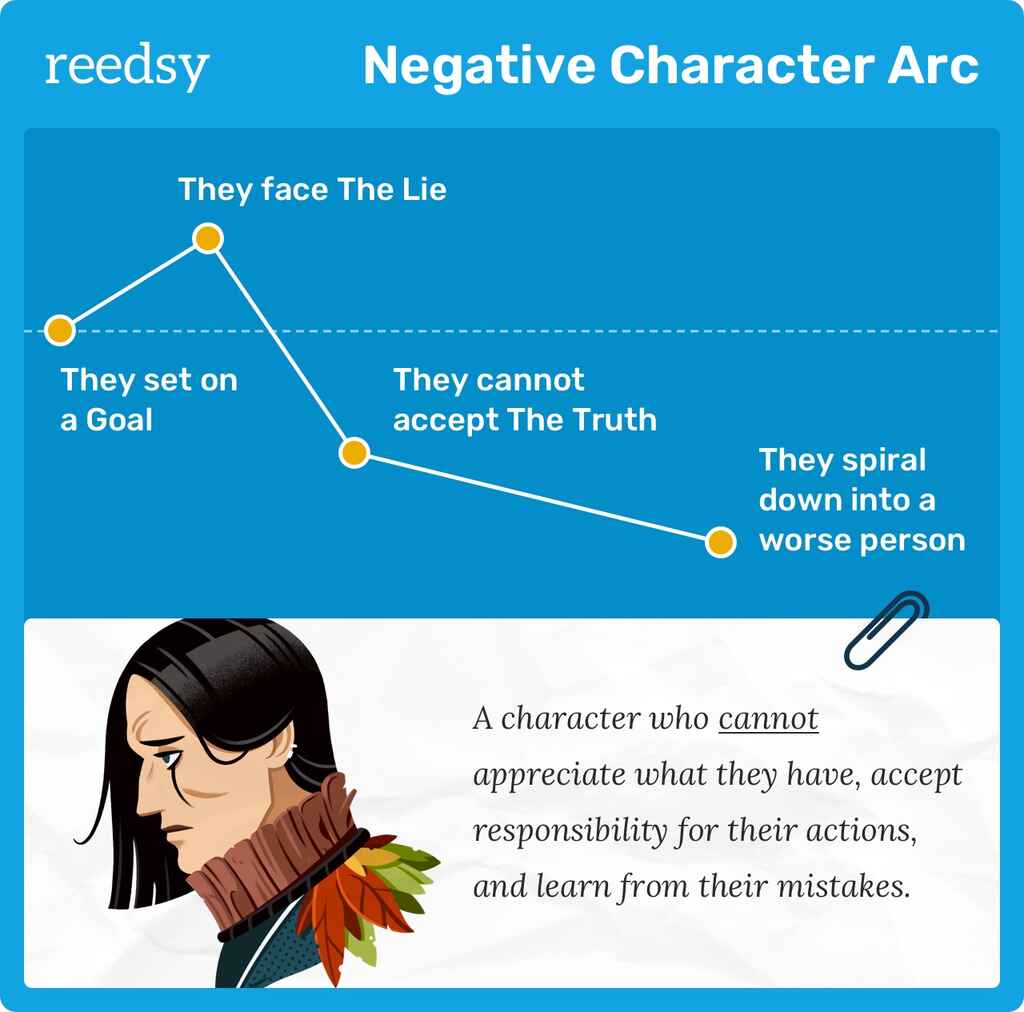
Example: The Great Gatsby
In F. Scott Fitzgerald's The Great Gatsby, Jay Gatsby, charismatic and beloved, is deeply obsessed with Daisy, the love of his life, who is now married to Tom. He is the heart of New York City's elite, and (wrongly) believes that wealth and popularity will ultimately win her love and acceptance.

Despite having a genuine friend in Nick, who truly cares for him, Gatsby values his extravagant parties and unattainable love more. Nick advises him to let go of Daisy and their shared past, but he doesn’t listen, and keeps chasing her. But Daisy hesitates to commit to him, especially upon learning of his illicit activities. His desperation to win her approval escalates, culminating in him taking the blame for Daisy’s killing of another woman. This last, desperate gesture leads to his death, avenged by the woman’s husband 一 Jay is shot while taking a dip in his pool.
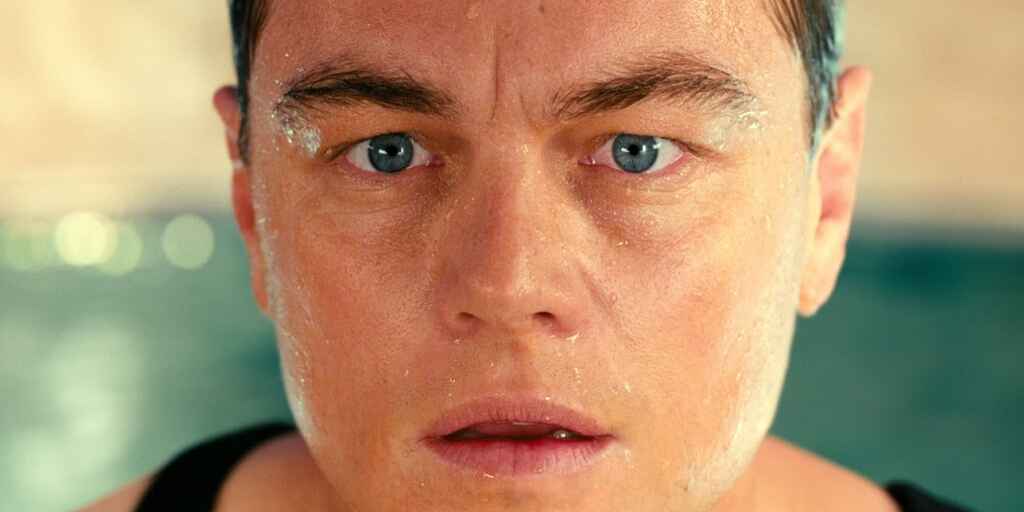
At his funeral, none of his high-society 'friends' come, except for Nick 一 the only true friend he had. In the end, Gatsby is dead, Nick disillusioned, and Daisy trapped in a broken marriage. Everybody lost.
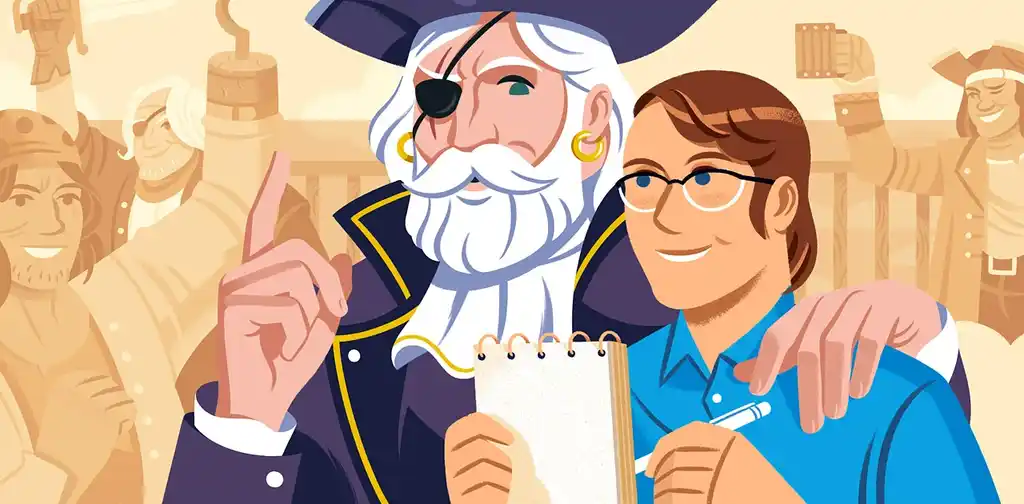
FREE RESOURCE
Reedsy’s Character Questionnaire
40 questions to help you develop memorable characters.
Let’s now look at another classic example, this time from the world of film…
Example: Breaking Bad (TV Series)
Walter White is in a happy marriage and lives an honest life working as a science teacher and as a father to his teenage son — until he receives news of his advanced lung cancer. Suddenly, he needs money to pay for cancer treatment and to secure the future of his family.
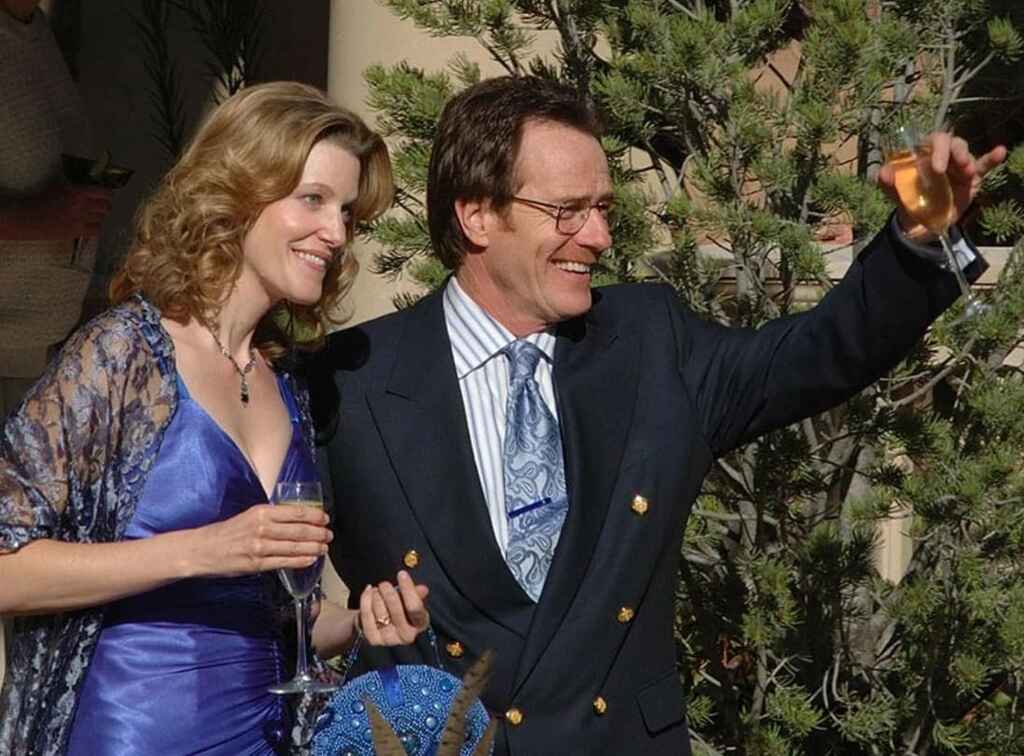
Walter gets the opportunity to receive financial support from Elliott Schwartz, with whom he co-founded a successful company 一 an option that would solve all of his and his family’s problems. However, Walter is haunted by his deep-seated resentment and grief of what his life could have been had he remained with the company. So, he refuses, and decides instead to sell meth with ex-student-turned-drug-dealer Jesse Pinkman, which leads him further away from his moral compass and, ultimately, his family.
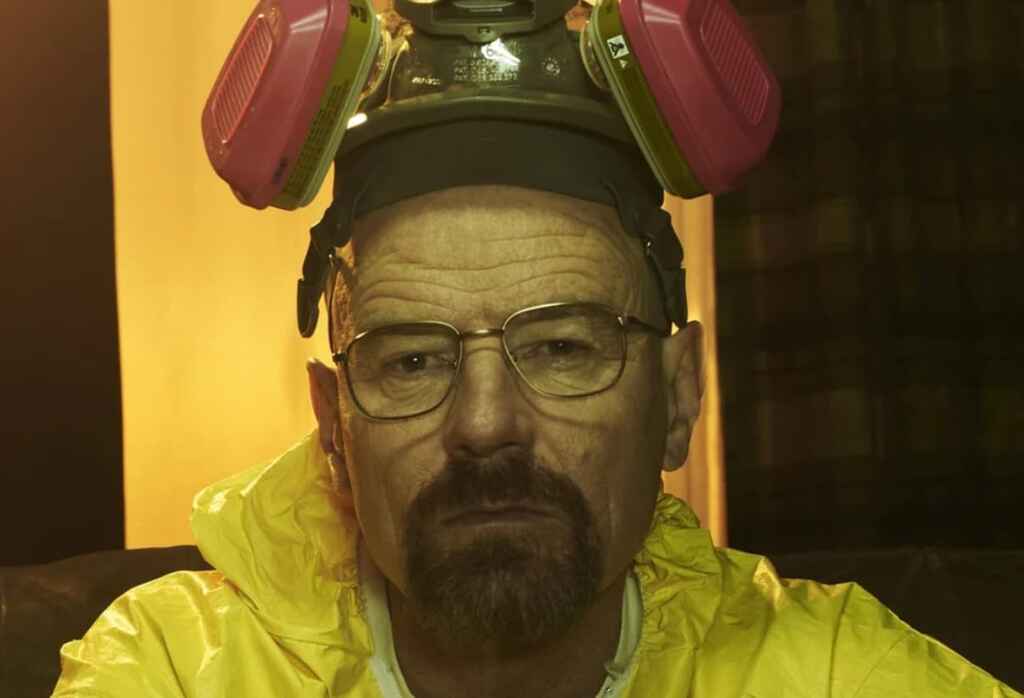
This arc is different from the others we’ve examined because Walter starts his arc already aware of The Truth: cooking meth is risky business and is not the solution to his problems. But faced with impending death, the boundaries of his morals have been suddenly pushed, leaving him vulnerable to The Lie: the belief that he is immune to corruption, and that he’s acting in his family’s best interest.
His arc sees Walter continuously rejecting the red flags and embracing The Lie, until any distinction is lost and he’s so far gone he has no choice but to embrace The Lie completely. In the end, it consumes him and he loses everything, turning into a full-fledged anti-hero who we can't help but still root for.
As you see, not everyone comes out on top after they fall on hard times. Humans are fickle beings, which means that the struggle can get the better of us. But fiction that accurately portrays a person’s downward spiral can be extremely moving and compelling, and teach just as much about the human experience as a positive arc.
When writing a novel, outlining your main character's arc is a valuable step both for planning your story and for crafting your book's hook. This process involves identifying the transformation your character undergoes, which is central to understanding and conveying the essence of your story. Hopefully, having a cleared understanding of the three main arcs and some examples of how they unfold, you’ll be better equipped to do that.









3 responses
Benjamin Smith says:
26/09/2018 – 13:17
Thank you so much for telling me about the arc Symbol. I didn't quite understand its meaning before, but your example of the Hobbit is very vivid! It's a really consistent chain of its characteristics, Bilbo Baggins is a regular hobbit who loves his simple life (but not for long). And then he had the opportunity to show the MRO what hobbits Really are. He goes on a journey, me used to the rhythm of life, comfort for the cave trolls, etc. This is a great example. Thank you! Writer on https://writercheap.com/
outside tv covers says:
09/05/2019 – 16:46
This arc is different from the others we’ve examined because Walter starts his arc already aware of the Truth: cooking meth is risky business and is not the solution to his problems.
Television covers says:
22/10/2019 – 04:56
The Christmas carol was one of my favorite movies the characterize was ideal representation of a business man who has grown sore. it great that even the worst of us have hope as in this charterer